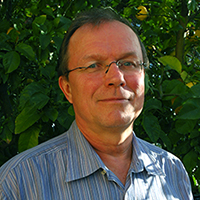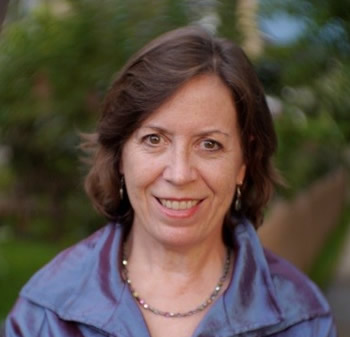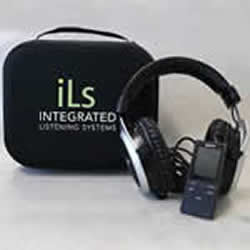By Nancy Eichhorn, PhD
It’s been seven days since I attended the celebration for The Handbook of Body Psychotherapy and Somatic Psychology, and I’m still swirling.
I shift from complete immersion as Dr. Jacqueline Carleton shared her case vignette of a 39-year-old woman traumatized during a “routine” medical procedure that left her feeling raped and abandoned to feeling totally energized to end oppression and promote diversity after hearing from Dr. Christine Caldwell.
I feel my utter amazement listening to Dr. Gustl Marlock discuss the current trend in body-design and watching his video transformation of Michael Jackson morphing from an adorable little boy to a Frankenstein type persona.
I reconnect with the calmness I felt as William Cornell simply sat on the front table and talked about training and supervision, about what’s being left behind for the sake of acceptance and normalcy within the mainstream, in acquiescence to the status quo.
There’s the rah-rah and hip-hip hooray energy as Dr. Marti Glenn effectively and efficiently squished an 8-hour workshop into a 40-minute talk on epigenetics, neuroscience, and Polyvagal and Attachment theories to make somatic psychology and body psychotherapy foundational for effective clinical practice.
And there’s movement as Dr. Ilse Schmidt-Zimmerman shared her case study to demonstrate how clients’ initial motoric narratives, which are then followed by verbal renditions, can be used in the therapeutic setting.
Yet, to capture these conference speaker’s remarks on paper so that you, the reader, feels the intensity in a clinical case vignette, the laughter with a humorous comment, the revulsion, disgust, anguish, and fear triggered by evocative pictures presents a provocative challenge. It calls for embodied writing: letting sensation pulsate on the page, flow through sentence structure. I offer my experience of these six speakers’ viewpoints in a seven-part blog series with some longer writings and some short eclipses of content shared.
As well, I hope to reflect the collective themes that resonated with William Cornell’s call for institutions to train embodied psychotherapists rather than body psychotherapists—a play on the aliveness of an adjective rather than the solid structural nature of a noun.
And I offer Christine Caldwell’s challenge to the United States Association for Body Psychotherapy (USABP) to (1) have the courage to develop professional standards and hold therapists to them and (2) change both their name and their focus from a “village oriented” association and reach out to our colleagues in Central and South America to become the American Association for Body Psychotherapy.
Opening Remarks
 Mark Ludwig organized the one-day event through his new group, Somatic Psychology Associates, located in Berkeley, California. Offering insights and humor, Mark noted that the book answers the question, what is body psychotherapy, in only 900 pages! He then added that it provides a much needed tool. Addressing an audience of students, faculty, new practitioners and clinicians well established in the field, Mark noted that the speakers were non-denominational, integrative thinkers, and sustaining members in our community—there was a lot of gray hair on stage. Although he mentioned many contributors to the new English edition, he left out that he had “extensively revised and updated” the chapter entitled: Attachment Theory and Body Psychotherapy: Embodiment and Motivation, which was originally written for the first edition of The Handbook in German by John May.
Mark Ludwig organized the one-day event through his new group, Somatic Psychology Associates, located in Berkeley, California. Offering insights and humor, Mark noted that the book answers the question, what is body psychotherapy, in only 900 pages! He then added that it provides a much needed tool. Addressing an audience of students, faculty, new practitioners and clinicians well established in the field, Mark noted that the speakers were non-denominational, integrative thinkers, and sustaining members in our community—there was a lot of gray hair on stage. Although he mentioned many contributors to the new English edition, he left out that he had “extensively revised and updated” the chapter entitled: Attachment Theory and Body Psychotherapy: Embodiment and Motivation, which was originally written for the first edition of The Handbook in German by John May.



